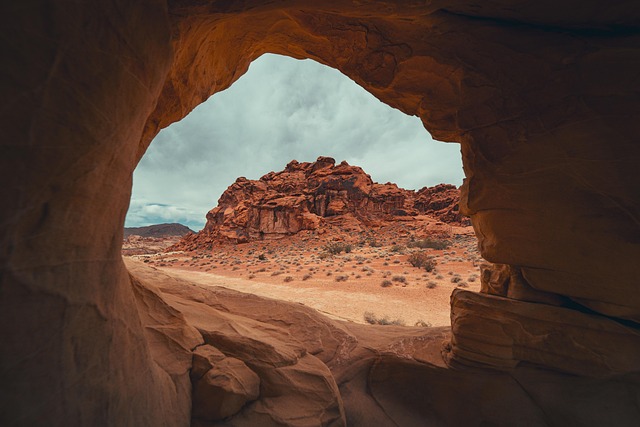The American Eagle, a powerful symbol since 1782, represents independence, freedom, and national identity. Featured on the flag and various official documents, it inspires pride and unity, evolving to remind Americans of their heritage, values, and ongoing pursuit of freedom and equality globally. The American Eagle and flag have become dynamic emblems that foster community and represent democracy worldwide.
The American Eagle, a powerful symbol of patriotism and freedom, has captivated hearts and minds for centuries. This majestic bird serves as an iconic representation on our national flag, embodying resilience, strength, and unity. From its historical roots in colonial times to its modern-day symbolism, the American Eagle and flag have evolved alongside society while remaining resilient symbols of national identity. Explore their profound significance and evolving roles in today’s world.
- The Historical Significance of the American Eagle
- Representations and Symbolism of the Flag
- Evolving Role in Modern Society
The Historical Significance of the American Eagle

The American Eagle holds immense historical significance, deeply intertwined with the nation’s struggle for independence and the ideals of freedom it represents. As a symbol on both the American flag and in various forms of national iconography, the eagle has long been a powerful emblem of the United States’ identity. Its first documented use as a national symbol dates back to 1782, when the Continental Congress adopted the Great Seal of the United States, featuring a bald eagle clutching a sheaf of arrows and an olive branch in its talons.
This iconic bird’s association with America solidified over time, becoming a universal representation of patriotism and liberty. The American Eagle’s majestic stature, strength, and perceived wisdom have made it a beloved symbol, appearing on various official documents, monetary units, and national monuments. Today, the eagle continues to inspire and remind Americans of their nation’s rich history and enduring commitment to freedom and democracy, as exemplified by its prominent display on the country’s flag.
Representations and Symbolism of the Flag

The American Eagle and flag stand tall as a powerful symbol of patriotism and freedom in the United States. The eagle, a majestic bird known for its strength and vigilance, has long been associated with American ideals. When intertwined with the stars and stripes of the flag, it creates an iconic image that evokes a deep sense of national pride.
The flag’s design, with its red, white, and blue colors and strategic arrangement of stars, represents the unity and diversity of the nation. The American Eagle, perched atop the flagpole or displayed prominently in various forms of media, serves as a constant reminder of the country’s heritage, resilience, and unwavering spirit. This symbolism has been carefully crafted over time, becoming an integral part of American culture and a recognizable symbol worldwide.
Evolving Role in Modern Society

The American Eagle and flag, once purely symbols of patriotism and freedom, have evolved in their role within modern society. Today, they serve as powerful reminders of the nation’s values and history, while also taking on new meanings related to unity and social justice. The eagle, a majestic bird known for its strength and resilience, continues to represent the indomitable spirit of America. Similarly, the flag, with its stars and stripes, remains a universal symbol of freedom and democracy worldwide.
In contemporary discourse, these iconic emblems often lead discussions on national identity, diversity, and inclusivity. They are used to foster a sense of community and belonging among citizens, transcending racial, cultural, and social boundaries. This evolution in their role underscores the dynamic nature of American society and its ongoing struggle to live up to the ideals represented by these symbols—a constant reminder of both the progress made and the work yet to be done in pursuit of freedom and equality for all.
